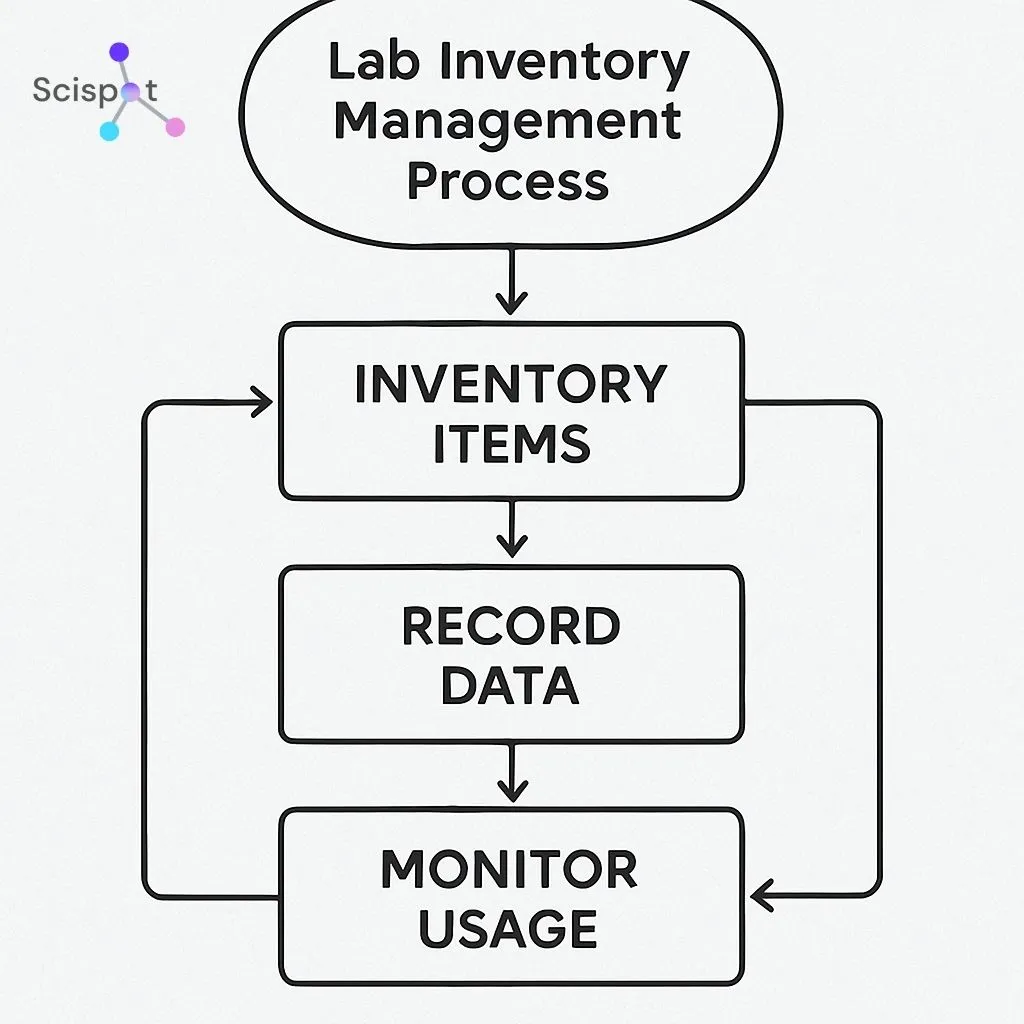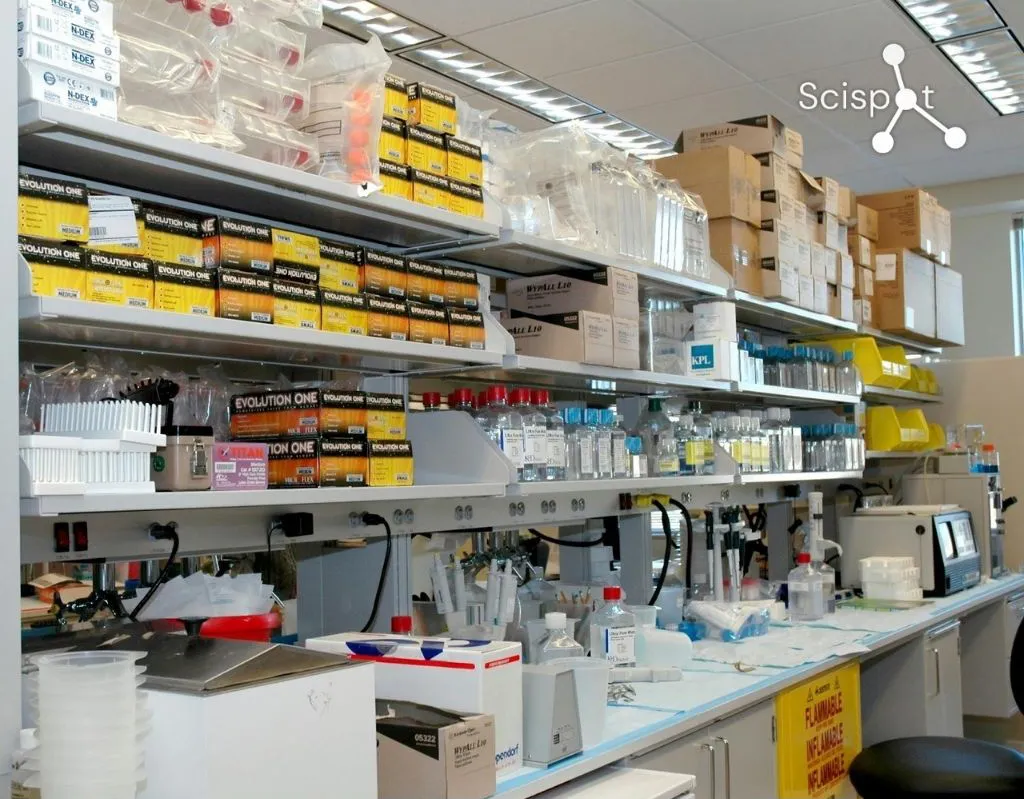Lab Sample Management and Collection Tools
Lab sample management is vital for any laboratory. It ensures the integrity and reliability of lab results. Without proper management, labs risk errors and inefficiencies.
Managing lab samples involves several key processes. These include collection, organization, processing, and storage. Each step is crucial for maintaining sample quality.
Advanced tools and systems are available to streamline these processes. They offer features like sample tracking and inventory control. These tools enhance lab workflow and efficiency.
Investing in a robust lab sample management system can lead to significant benefits. It reduces costs, saves time, and improves data accuracy. Such systems are essential for modern labs.
This guide explores the tools and practices for effective lab sample management. It aims to help labs optimize their operations. Discover how to enhance your lab's efficiency and reliability.
The Importance of Lab Sample Management
Proper lab sample management is essential for reliable lab outcomes. It minimizes errors and ensures data integrity. Without it, results may be compromised.
Efficient management also enhances overall lab operations. It streamlines processes and improves efficiency. This leads to faster and more accurate results.
Some key aspects of why lab sample management matters include:
- Maintaining sample quality and preventing contamination
- Ensuring timely analysis through effective logistics
- Reducing sample loss and misplacement

Incorporating these management practices is crucial. It helps laboratories maintain standards and meet compliance requirements. This is vital for lab success and reputation.
Key Components of Effective Sample Management
Effective sample management relies on several crucial components. These include inventory control, organization, and advanced tracking systems. Each plays a pivotal role in maintaining lab standards.
Inventory control helps manage all samples and reagents. This prevents shortages and ensures samples are available as needed. It also aids in accurate record-keeping.
Sample organization reduces the risk of errors. Organized samples improve lab workflow and efficiency. This is achieved through systematic labeling and categorization.
Advanced tracking systems offer real-time updates on sample status. They monitor sample location throughout the lab process. This ensures samples are handled correctly and on schedule.
Essential components include:
- Inventory control for maintaining supplies
- Organizational methods to avoid mix-ups
- Tracking systems for real-time monitoring

Implementing these components elevates lab operations. It promotes a seamless workflow and quality outcomes. This is vital for achieving reliable and reproducible results.
Sample Collection Tools and Best Practices
Sample collection is a foundational step in lab operations. Proper tools and methods ensure sample integrity. Using the right tools minimizes contamination and degradation risks.
Key tools for sample collection include pipettes, vials, and swabs. Each tool serves a specific purpose, depending on the sample type. Choosing the correct tool is critical for maintaining sample quality.
Adhering to best practices during collection is vital. It includes following standardized protocols and using sterile equipment. Training staff on these practices reduces errors and improves sample reliability.
Essential tools and practices are:
- Using appropriate collection devices
- Following standardized protocols
- Ensuring equipment sterility

By employing the right tools and best practices, labs can enhance accuracy. This promotes confidence in lab results and aids in scientific advancements. Proper collection techniques set the tone for the entire lab process.
Sample Organization and Inventory Control
Organizing samples is crucial for efficient lab operations. Proper organization reduces errors and streamlines the workflow. It ensures that samples are easily accessible when needed.
Inventory control plays a key role in managing lab samples. It prevents sample loss and ensures resources are available. An organized inventory system saves time and reduces costs.
Implementing smart inventory strategies can optimize lab operations. Techniques like barcoding help track samples efficiently. Digital systems provide real-time updates and alerts on inventory levels.
Important strategies to consider include:
- Barcoding for efficient tracking
- Real-time inventory updates
- Systematic labeling and color-coding

A well-organized inventory facilitates better research outcomes. It enhances lab productivity and supports smooth sample processing. Ultimately, effective organization is vital for successful lab management.
Lab Sample Management Systems: Features and Benefits
Lab sample management systems are essential for modern labs. These systems offer several key features that enhance efficiency. They automate manual processes, reducing the likelihood of human error.
One standout benefit is real-time sample tracking. This feature allows lab staff to monitor sample status, ensuring timely processing. Automation enhances data accuracy and streamlines lab workflows.
Integration with existing lab systems is another valuable feature. It facilitates seamless data sharing and communication. This integration improves overall laboratory operations.
Key features of lab sample management systems include:
- Real-time tracking for transparency
- Integration with existing systems
- Automated alerts and notifications

The benefits of using these systems extend beyond efficiency. They lead to cost savings by reducing resource waste and improving data integrity. Implementing a robust sample management system enhances lab productivity and reliability.
Lab Sample Management System Cost and ROI
Investing in a lab sample management system can seem costly initially. However, the return on investment (ROI) often outweighs the upfront expense. Improved efficiency leads to significant long-term savings.
The cost of a management system depends on various factors. Features, scalability, and vendor reputation influence pricing. It’s crucial to assess these elements when budgeting.
Considering ROI is important when evaluating options. Savings come from reduced errors, less resource waste, and enhanced data accuracy. Financial benefits include:
- Decreased labor costs
- Fewer sample errors
- Improved lab throughput
By carefully selecting a suitable system, labs can optimize costs and realize substantial benefits.
Sample Processing and Storage Solutions
Efficient sample processing is crucial in lab operations. This includes accurate labeling, aliquoting, and preparing samples for analysis. These steps help maintain data integrity.
Proper sample storage solutions are vital. They preserve sample quality by maintaining optimal conditions. Factors like temperature, humidity, and light exposure play a critical role.
To enhance sample processing and storage, consider these solutions:
- Automated aliquoting systems
- Temperature-controlled storage units
- Barcode labeling tools

These tools ensure samples are ready for reliable analysis. Effective solutions contribute to consistent and high-quality lab outcomes.
Sample Tracking and Logistics
Sample tracking ensures seamless movement within labs. It provides real-time updates on sample locations. This helps prevent misplacements and delays.
Efficient logistics planning is crucial for timely analysis. It involves organizing transportation and handling procedures. Proper logistics minimize risks.
Key logistics tools include:
- RFID tagging systems
- Real-time tracking software
- GPS-enabled transport systems
Implementing these tools improves operational efficiency and accuracy. They ensure that samples reach their destinations intact and on time.
Choosing the Best Lab Sample Management Software
Selecting the right software is vital for lab efficiency. It should align with specific lab needs and compliance requirements. User-friendly interfaces enhance adoption and satisfaction.
Key features to consider include:
- Scalability for lab growth
- Integration with existing systems
- Robust security measures
Effective software streamlines operations, ensuring accuracy and data protection. It supports lab objectives and improves workflow.

Scispot: End-to-End Sample Management With 200+ Instrument Integrations and 21 CFR Part 11 Audit Trails
Scispot gives labs a unified way to manage samples, metadata, and instruments without switching tools. It links every sample to its collection details, storage location, lineage, assays, and results in one place. This end-to-end view removes the manual work of matching IDs across spreadsheets, emails, and instruments—a major source of delays and errors in busy labs. Because everything sits on a single source of truth, labs see cleaner data, faster turnarounds, and fewer mix-ups.
What makes Scispot stand out is how it adapts to different scientific workflows. Diagnostics teams can track accessioning, biobanks can register aliquots at scale, and research labs can map complex sample hierarchies with ease. Barcode-based tracking, automated QC checks, and integration with instruments like qPCR, HPLC, MS, or plate readers help teams stay compliant without extra effort. While other systems often require complex add-ons, Scispot gives labs flexibility out of the box, with configurable fields, templates, and workflow rules that match the way each lab actually works.
Scispot’s automation brings a clear advantage to labs aiming for efficiency. The platform auto-links raw CSV/Excel outputs to the correct samples, surfaces deviations instantly, and triggers alerts when inventory runs low or results fail QC. This reduces manual review time and helps labs build repeatable, auditable workflows aligned with CLIA, CAP, GxP, and ISO expectations. For labs looking to modernize sample management while keeping their operations lean, Scispot offers a complete and reliable path forward.
Conclusion: Optimizing Lab Workflow with Modern Tools
Modern tools make sample management faster and more reliable. They reduce mix-ups. They improve traceability.
If your lab wants fewer handoffs, Scispot is a strong fit because it aims to unify sample tracking, workflows, and instrument data capture in one place, instead of forcing add-ons and manual reconciliation. The tradeoff is that “one system” platforms can need more upfront configuration than a single-purpose tracker, but the payoff is cleaner lineage and smoother operations as volume grows.




.webp)

.webp)
.webp)



